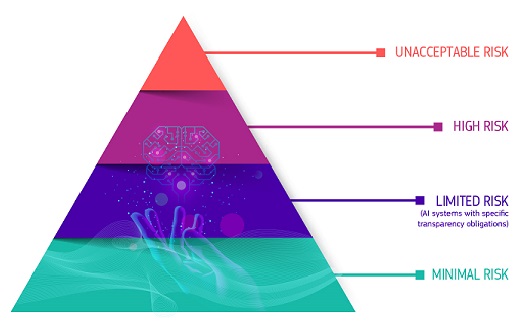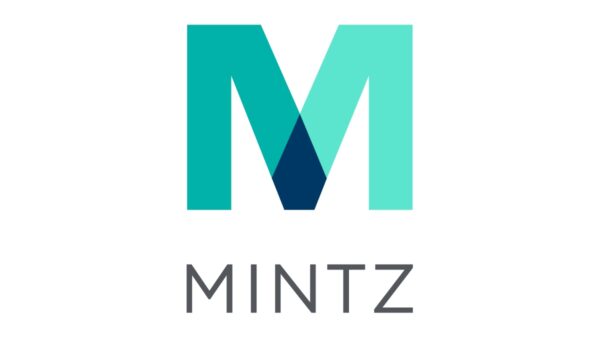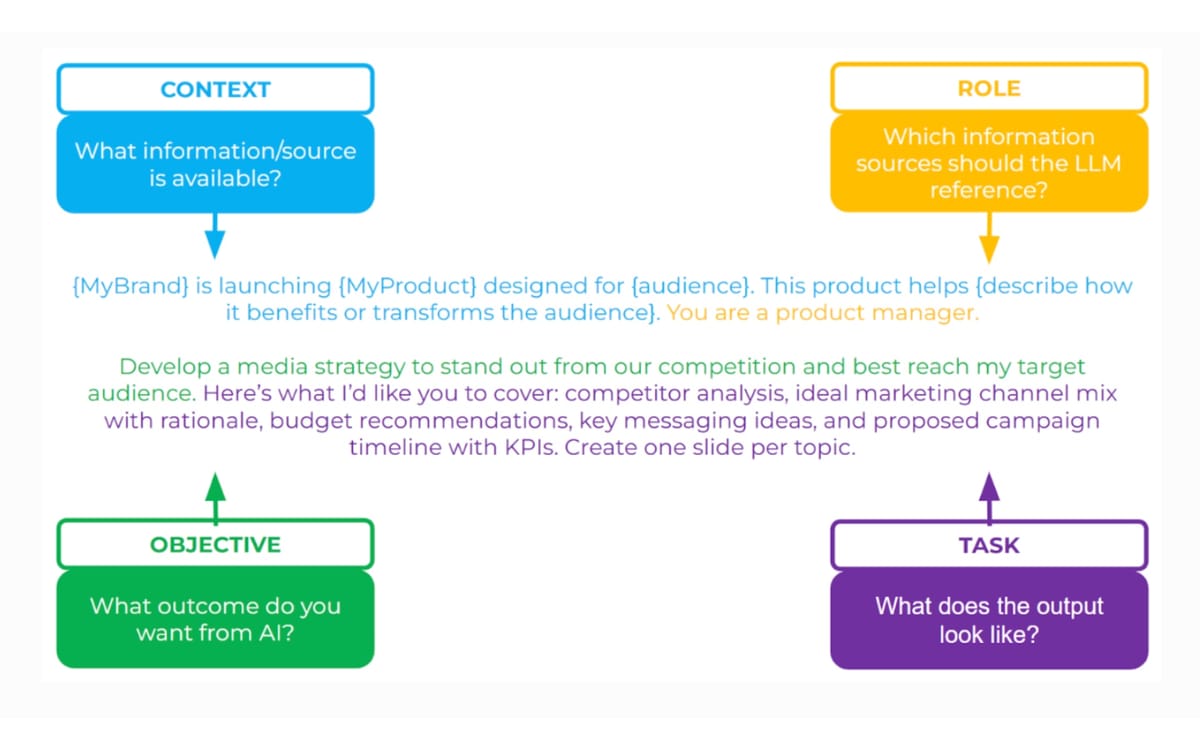IAB Australia has unveiled a pivotal guide aimed at enhancing how marketing professionals and stakeholders in advertising technology engage with large language models (LLMs). Released on November 19, 2025, the comprehensive resource is the product of the IAB Australia AI Working Group and offers practical, vendor-agnostic prompting techniques that can be applied across various AI platforms.
This 2025 edition underscores a critical need within the advertising industry, particularly as AI adoption accelerates. Research conducted by IAB Europe in September 2025 revealed an impressive **85% adoption rate** among surveyed companies, which included **95** entities such as publishers, advertising technology firms, agencies, and advertisers across European markets. The findings not only highlighted strong investment momentum but also indicated significant governance gaps in utilizing AI technologies effectively.
Framework for Effective AI Interactions
The guide introduces a four-part framework encompassing **Context**, **Role**, **Objective**, and **Task** that aims to optimize interactions with LLMs. Here’s a breakdown:
- Context: This section establishes the background, helping the AI understand the relevant brand, audience, challenges, and market conditions.
- Role: This component assigns a specific perspective or expertise to the AI, such as that of a brand strategist or media planner.
- Objective: Here, users clarify the desired outcome from the AI—whether it be insights, creative ideas, or action plans.
- Task: This specifies the concrete action or output format required from the AI, making requests clearer.
Alternative prompting frameworks exist in the industry, with prominent examples including ChatGPT’s GRACE (Goal, Role, Assets, Constraints, Expectation), Microsoft’s Goal + Context + Source + Expectations, and Google’s Persona + Task + Context + Format. This diversity illustrates the evolving landscape of AI interaction methodologies.
Enhancing AI Prompting Techniques
The guide emphasizes several mandatory techniques for effective prompting. Clear and specific goal definitions significantly reduce unnecessary back-and-forth communications. When coupled with relevant context and data, LLM performance improves markedly. Furthermore, role assignment not only guides the AI’s style and depth but also ensures that the outputs can align with user expectations. The inclusion of format specifications aids in generating outputs that are user-friendly, with defined limits on word counts, bullet points, or table structures.
Fact-checking is highlighted as an essential practice, with users encouraged to request that models cite sources, verifying them against reliable data. Confidentiality must also be safeguarded by steering clear of proprietary or sensitive information unless explicitly authorized. It’s advised to keep prompts concise, as overly lengthy requests may be truncated or misinterpreted. Iteration through focused prompts and step-by-step refinement is touted as a best practice for achieving satisfactory outputs.
The guide offers marketing examples to illustrate effective versus ineffective prompting strategies. For instance, a vague request for “a media plan for our new product” might yield a generic channel list lacking essential details like KPIs and risks. In contrast, instructing the AI to “act as a media strategist,” while providing specific brand details and structured requests, leads to much more actionable insights.
Similar principles apply to analytical tasks. Basic queries regarding platform performance discrepancies might result in generic outputs, lacking contextual depth. A more tailored prompt, framed as a measurement specialist and enriched with specific metrics, can subsequently yield detailed comparative analyses that are invaluable for decision-making.
The guide further illustrates that audience creation requests can become overly simplistic if not carefully structured, often neglecting critical compliance requirements. In contrast, targeted prompts can lead to outputs that comprehensively define audience segments while considering data sources and privacy issues.
Real-World Applications and Industry Developments
Recent industry advancements reinforce the urgency around effective prompting strategies. For instance, Amazon recently introduced free AI prompts for sponsored ad campaigns, which leverage first-party data to engage shoppers with interactive advertising. Meanwhile, Google’s release of an open-source Model Context Protocol server allows advertisers to query campaigns through natural language, moving toward practical application rather than mere exploration.
With changing consumer behaviors—67% of North American and European consumers reported using AI weekly, leading to reduced online search activities—the demand for effective AI utilization is paramount. The IAB Australia AI Working Group, co-chaired by Daevid Richards of News Corp Australia and Kellyn Coetzee of Zenith Media, continues to advocate for the development of best practices, addressing various industry challenges and enhancing capabilities in digital advertising through AI.
In conclusion, the IAB Australia guide is a timely resource that not only addresses immediate industry needs but also sets a foundation for future advances in AI integration within marketing and advertising sectors. By committing just ten minutes daily to refining AI prompts, professionals can demystify AI interactions, enhancing their effectiveness across various advertising tasks.
 Amy Redford Criticizes AI-Generated Tributes, Urges Transparency in Mourning Practices
Amy Redford Criticizes AI-Generated Tributes, Urges Transparency in Mourning Practices Google’s Gemini 3 Launches with Unmatched Multimodal Capabilities, Surpassing Competitors
Google’s Gemini 3 Launches with Unmatched Multimodal Capabilities, Surpassing Competitors SoulGen Launches 2.0 with 38.2% Improvement in Human Motion Accuracy and 73.7% in Color Fidelity
SoulGen Launches 2.0 with 38.2% Improvement in Human Motion Accuracy and 73.7% in Color Fidelity World Labs Launches Marble AI, Transforming 3D World Creation for Gaming and Design
World Labs Launches Marble AI, Transforming 3D World Creation for Gaming and Design India Mandates AI-Generated Media Labeling, 24-Hour Takedown Rules for Digital Platforms
India Mandates AI-Generated Media Labeling, 24-Hour Takedown Rules for Digital Platforms

























































